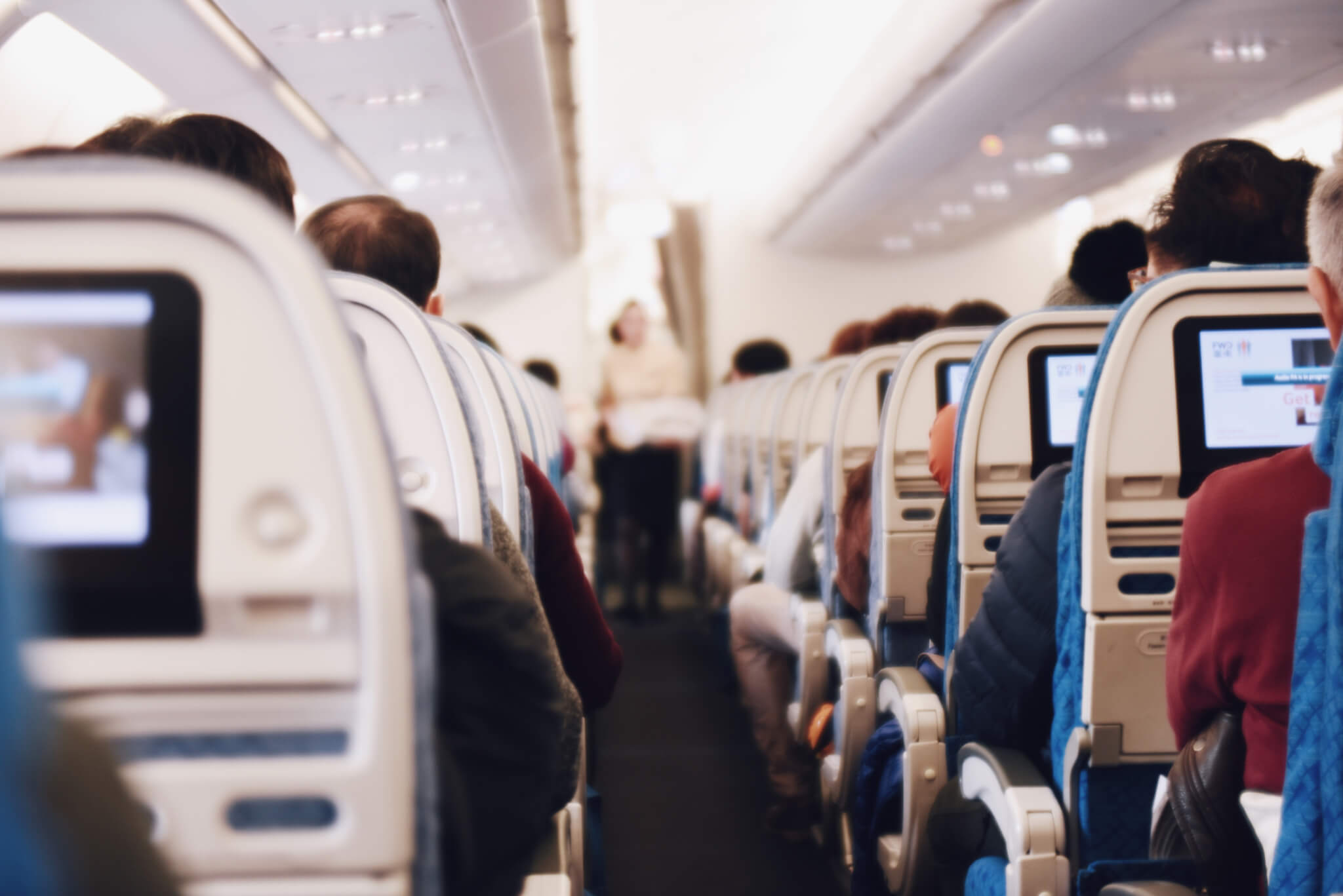What is jet lag exactly?
Well, jet lag or jet lag disorder is a really not-fun consequence of taking long-haul flights. Our bodies struggle when crossing time zones because they’re already accustomed to a certain sleep-wake cycle. This is a result of a disturbed circadian rhythm that throws your internal clock off balance. Other functions such as hunger and bowel movements will take time to catch up to the local time at your new destination. The more time zones you cross, the worse jet lag can get. If possible, try to avoid back to back flights that cross multiple time zones. It’ll ease up your jet lag symptoms (being on a plane for that long wouldn’t be ideal anyway. You’ll thank us later).
Some jet lag symptoms include:
- Headaches
- Insomnia or sleepiness
- Fatigue
- Stomach pain, constipation or diarrhea
- Difficulty focusing or concentrating
- Changes in mood
Traveling is fun, but the jet lag is seriously something we can do without–wait, that was an option? Yep. It’s actually really easy to avoid jet lag or travel fatigue! The factors leading to this symptom is primarily sleep-deprivation or dehydration. Chances are being sleep-deprived means you’re gonna have a rough go at it because your body clock hasn’t fully adjusted. By taking steps ahead of time to adjust your body clock, you just might be able to successfully beat jet lag.
Tips for Avoiding Jet Lag
- Plan ahead
Do you sleep well on planes? If so, choose a red-eye flight where you’ll be able to catch a good night’s rest before arriving at your destination–refreshed and awake for daylight. If not, choose a flight where you will land closer to the evening at your new destination so you can sleep when you arrive. This will help you reset for the first day you arrive. If it’s your first time flying on a long-distance flight, you should probably stay away from red-eye’s until you know for sure if you’re able to sleep on a plane. It should be easier to stay awake on a plane than to fall asleep, so you can gauge for your future trips after trying it out the first time. Sleep deprivation plays a huge role in one’s jet lag symptoms. Unless you have unlimited PTO, you’ve probably already planned something on the itinerary for the moment you land to maximize your time. If it’s possible, try to schedule your flight a day before you have any activities to attend. If you weren’t able to adjust to your new time zone upon arrival, at least you have the breathing room to catch some sleep and be awake for your adventures the following day. When selecting your seat, you can also try to find a window seat where you won’t be disturbed when you’re trying to rest. - Adjust your sleep schedule ahead of time
Start a few days before your trip, either sleeping a little earlier if your new location is behind on time or sleeping later if it’s ahead. Your new schedule will help you get acclimated to the new destination time. Your biological clock will thank you. Tip: set your watch to local time at your destination. That way, it’ll be easier to close the gap of time to your new sleep schedule. If you have a hard time sleeping earlier, melatonin may be a good option to help you. Be sure to follow instructions for use beforehand and look for the words “non-habit-forming” on the label. If melatonin works for you, you can even bring it along on your trip to aid in getting your body clock on schedule. Avoid taking other over-the-counter “jet lag cures”–some can actually make symptoms worse and don’t agree with cabin pressure. - Don’t nap longer than 30 minutes on ‘daytime’ flights
If you’re taking a flight when it’s daytime at your new destination, try not to nap for longer than 30 minutes at a time. Doing this will prevent you from restlessness later when you land and it’s nighttime at your new time zone. - Avoid drinking coffee, tea, or alcohol.
We know, this can be hard, especially when you’re working on a flight or if you’re on vacation, but caffeine and alcohol are known as diuretics, which means they’ll actually dehydrate you–resulting in grogginess and sometimes even headaches. - Drink lots of water
Experts recommend drinking 6-8 oz of water per hour of flight to deter jet lag symptoms.
We mean it. Even though it may seem like a hassle to constantly need to use the restroom, it’s a small price to pay for staying hydrated and diminishing the effects of jet lag. - Take an empty reusable water bottle with you.
Once you pass TSA, you can fill it up at a water fountain. Questionable water? Swap your regular water bottle for the LARQ self-cleaning water bottle so you always have clean water at your fingertips. - Take walks
Turns out, getting up to go the restroom more often will benefit you here! Taking walks–even if they’re short–can help improve circulation. Your body will thank you.
So you see, it’s easy to travel without the dreaded effects of jet lag. Try these simple methods to avoid travel fatigue, so you can not only survive a long flight, but THRIVE.
